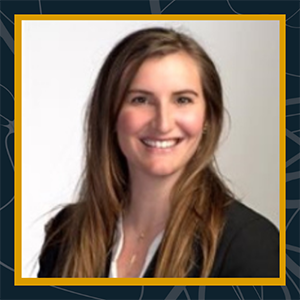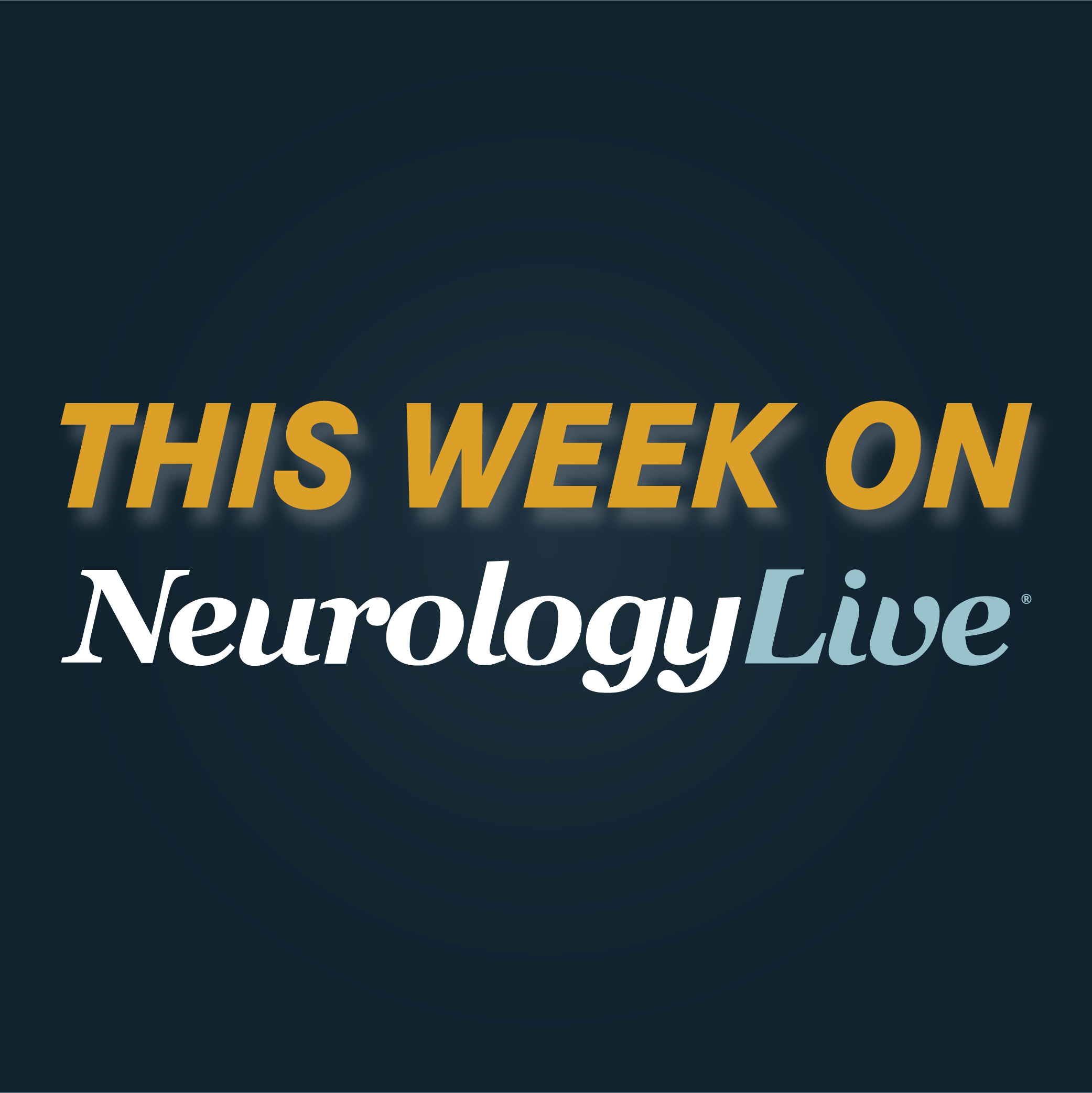Neurologists are highly trained medical professionals who play a critical role in the healthcare system in helping patients of all ages manage their conditions that can affect every aspect of their lives. Each month, NeurologyLive® shines a spotlight on the work of one neurologist, highlighting contributions to their specific field.
Parkinson disease (PD), a common neurological disorder, causes unintended or uncontrollable movements, such as shaking, stiffness, and difficulty with balance and coordination. Symptoms of PD typically start gradually and worsen over time, which may further impact a patient's ability to walk and talk as the disease progresses. According to the National Institute on Aging, patients with PD may also have mental and behavioral changes, sleep problems, depression, memory difficulties, and fatigue.1 Despite no existing cure for PD, research on surgical treatment and other therapies show promise in relieving some of the symptoms.
In honor of Parkinson's Disease Awareness Month, Kelly Papesh, DNP, APRN, FNP-BC, executive director of the Association of Movement Disorder Advanced Practice Providers (AMDAPP), had a recent conversation with NeurologyLive to discuss how she collaborates with various stakeholders to improve care for patients with movement disorder. Papesh, who also serves as the clinical director at Parkinson & Movement Disorder Alliance (PMD Alliance), spoke about the challenges that advanced practice providers (APPs) face in the field of movement disorders, and how AMDAPP aims to address them. In addition, she talked about how she balances her professional role in movement disorders while prioritizing her family.
Clinical Facts on Parkinson Disease
- Nearly one million patients in the U.S. are living with Parkinson disease (PD) and this number is expected to rise to 1.2 million by 2030.
- Nearly 90,000 patients in the U.S. are diagnosed with PD each year and more than 10 million patients worldwide are living with PD.
- The incidence of Parkinson increases with age, but an estimated 4% of patients with PD are diagnosed before the age of 50.
REFERENCES
1. Marras C, Beck JC, Bower JH, et al. Prevalence of Parkinson's disease across North America. NPJ Parkinsons Dis. 2018;4:21. Published 2018 Jul 10. doi:10.1038/s41531-018-0058-0
NeurologyLive: What are some of the main responsibilities you have in your role as a nurse practitioner?
Kelly Papesh, DNP, APRN, FNP-BC: When working in the clinic my main role was seeing patients with PD & movement disorders and managing their symptoms, treating with medications, advanced therapies, and providing education to patients and care partners.
In my current role, I work as the clinical director at PMD Alliance, creating and supporting initiatives that impact the patient community as well as the healthcare practitioners (HCP) community. For example, I work with the course directors to develop the agenda and help plan our annual conference, Advanced Therapeutics in Movement & Related Disorders (ATMRD) Congress.
As executive director at AMDAPP, I am working relentlessly to build relationships with my APP and physician colleagues and peers across the country, along with community partners, industry partners, and others involved in the field of movement disorders. It is a priority to provide professional development to APPs who manage movement disorders, so I collaborate with many to make sure we can find creative initiatives and forums to do so.
Could you describe a typical day in your work as a nurse practitioner?
Currently, I am focused on outreach and engagement, whether that be with APPs, physicians, partners, community advocates, or others, to work together to improve the field and role of APPs in movement. PD and other movement disorders are complex, and it is critical to enable and empower APPs with resources so that we can improve access to exceptional care. With AMDAPP, I am often traveling to meet new APPs or to offer regional programs and resources. We have several priorities at AMDAPP including the development of an Onboarding Toolkit and the development of a national certification for APPs working in movement disorders, so much of the day-to-day work involves projects relating to those.
I work closely with patients and HCPs at PMD Alliance to ensure we are offering resources and education that aligns with providing empowerment and advocacy to our communities. Often, this includes providing online education through our weekly webinars.
What motivated you to pursue a career in movement disorders, and when did you make this decision?
I had been working as an RN in the Neuro ICU and fell in love with the field of neurology. Fate played a role when an opportunity presented to move my growing family across the country to join the Cleveland Clinic Lou Ruvo Center for Brain Health. I was instantly inspired to join the movement disorders department because the work in this field offers hope, improve lives and it’s a field that offers many subskills and specialized training such as managing deep brain stimulation, offering neurotoxin injections, and managing complex medication regimens. The research taking place in Parkinson and movement disorders is exciting and hopeful for offering a better world with PD.
What do you find most rewarding about your work as a nurse practitioner?
As the executive director of AMDAPP, I am inspired daily by my colleagues. It has been the most rewarding role professionally, as I have the privilege to lead my peers across the country on opportunities to enhance our professional needs and close gaps that address improved training and increased access for both educational opportunities and ultimately, for patients receiving specialized care. To hear from so many APPs “I wish AMDAPP existed when I was just getting started in the field” or “I cannot wait to be a certified APP in movement disorders” I know we are on the right path towards making an impact. That feeling of providing value is hard to beat.
What are some of the biggest challenges you face in your role?
Though this need is clear and the gap for peer networks and professional development was lacking, we still do face challenges. As APPs we are often still misunderstood in what our role encompasses. In fact, our roles do vary quite a bit from one clinic to another, from academia to private practice, for example. AMDAPP helps to support building more awareness of what advanced practice providers can do, and why we add value. AMDAPP is developing a certification to demonstrate the expertise and competency of APPs managing Parkinson disease and other movement disorders. We believe this credential will help to offer visibility of our role to patients, care partners, our community, and other colleagues.
Is there something that you wish more patients and clinicians at your clinic understood about the field?
We want to be part of a collaborative multidisciplinary team. This is where we thrive and how we best care for people living with movement disorders. APPs can offer so much to a patient and family as we are often there after diagnosis throughout their entire journey. It’s quite a privilege to be able to build such incredible relationships with patients and also add value while doing so. APPs can prescribe medications and perform botulinum toxin injections, manage advanced therapies such as pumps and deep brain stimulation. We are helping to offset the crisis of access for patients in need of subspecialized care. It is our hope that AMDAPP can further support this by reducing the barrier in offering more professional development along with the certification.
In addition to your work as a nurse practitioner, what other hobbies or interests do you have outside of the clinic?
I am a busy mom of 4 kiddos and they keep us busy with sports, theater, baking, and everything in between. That is my favorite role of all and I am working intentionally to find a great balance for all the things I love professionally and my priority of my family. I feel extremely fortunate to be working in my dream position and building this community for the field of movement disorders, and fortunate to have the flexibility to be with my incredible family. Some would say, “I have found my Ikigai."
In early January 2024, Papesh sat down in an interview with NeurologyLive to share her clinical perspective on what she is excited about in 2024 for the movement disorder community, specifically for patients with PD. Papesh talked about how the FDA is currently reviewing potential therapies for the pipeline in 2024 to provide new opportunities for managing PD. She spoke about the role of research in targeting α-synuclein in the quest for disease-modifying therapies, and how close the field is to achieving this goal. Additionally, Papesh discussed the ways the movement disorders community is leveraging online forums and government initiatives to enhance patient care and support networks in 2024.
Transcript edited for clarity. Click here for more coverage on Parkinson disease.
REFERENCES
1. National Institute on Aging. Parkinson’s Disease: Causes, Symptoms, and Treatments. Accessed April 25, 2024. https://www.nia.nih.gov/health/parkinsons-disease/parkinsons-disease-causes-symptoms-and-treatments






